Many female minds have made contributions, through NASA, to the study of space.
In the early 1960s, Jerrie Cobb's name, for instance, was etched into history due to her outspoken dissatisfaction with the United States Congress, as the NASA denied her the opportunity to travel to space. It is clear that for women worldwide, reaching high positions in any profession is not easy, especially in the field of space exploration. However, they refuse to give up. By the late 1970s, NASA admitted six women into a team of 35 astronauts, a relatively small but significant percentage that opened the door to female contributions in predominantly male environments.
Read more content like this at: thewomanpost.com
To the Moon
Fortunately, the exploration of space across different disciplines includes many names of Latinas who, through their examples, inspire their peers to dream of achieving the aspirations they conceived in their childhood.
Salvadoran Zaida Hernández, who pursued STEM (Science, Technology, Engineering, and Mathematics), started as an intern and now works as a thermal engineer in Houston at NASA's Johnson Space Center. She collaborates with Puerto Rican Ivette Rivera in preparing Mission Artemis II, which will delve into lunar surface exploration and include a diverse crew comprising a man of color and a woman, Christina Hammock Koch.
Christina Hammock Koch, a native of Michigan, United States, will embark on her second spaceflight as a mission specialist. She previously served as a flight engineer during three expeditions to the International Space Station. Koch holds the record for the longest single spaceflight by a woman, totaling 328 days, and she also participated in the first all-female spacewalks alongside Jessica Meir, without male support.
Representing Mexico, Guatemala, Chile, and Colombia
The Johnson Space Center is also the workplace of Mexican Belinda Esparza, the director of testing in the Crew and Thermal Systems Division. She trains astronauts in ground simulators to adapt to the use of spacesuits.
Guatemalan África Ixmucane Flores-Anderson stands out in NASA as a researcher at the Marshall Space Flight Center in Alabama. Working in the field of satellite technology, she contributes to optimizing the management of forest and water resources on the planet.
Bea Gallardo Lacourt, a source of pride for Chile and Latin America, decided at the age of 13 that mathematics would help her answer the questions swirling in her mind. As a doctor in Space Physics, she is based in Maryland, where she studies the physical processes involved in the formation of the aurora borealis. Her laboratory is part of the Heliophysics Division at NASA's Goddard Space Flight Center.
Colombian engineer Diana Trujillo was the lead brain behind NASA's mission to reach the planet Mars. Today, she is part of a select team of specialists who oversee the safety and risks that astronauts chosen for future NASA missions in space may face.
You Can Also Read The Women Who Made The Arrival on Mars a Reality
Recently, the name of Colombian Ana María Rey also made headlines worldwide when she was chosen as a member of the National Academy of Sciences (NAS) in the United States, along with 119 other individuals, all recognized for their significant achievements in scientific research.
Ana María Rey's professional journey began in Bogotá, at Los Andes University, where she studied physics. She obtained her doctorate in physics from the University of Maryland and completed her postdoctoral studies at the Harvard-Smithsonian Center.
All these women agree that with dedication and hard work, any dream can become a reality. Although this statement may sound like the title of a self-help article, they prove that the only limit is the universe.




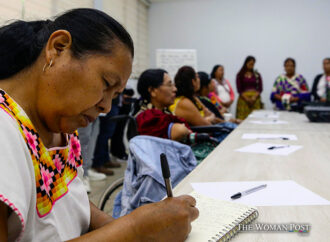
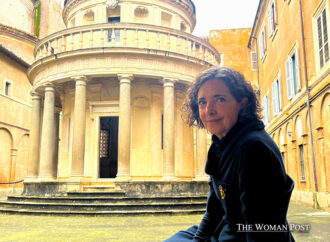
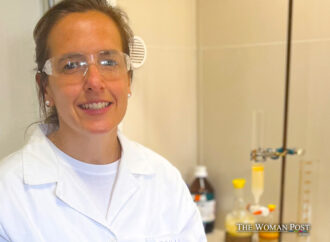
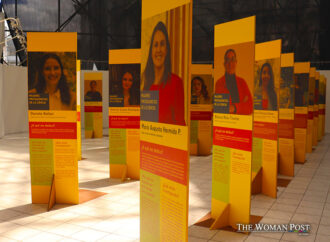
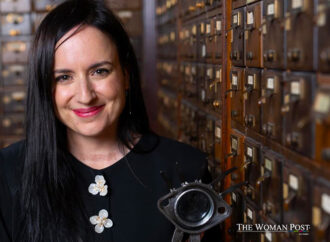

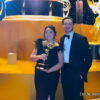




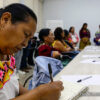

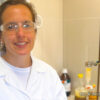

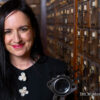
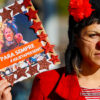



Leave a Comment
Your email address will not be published. Required fields are marked with *